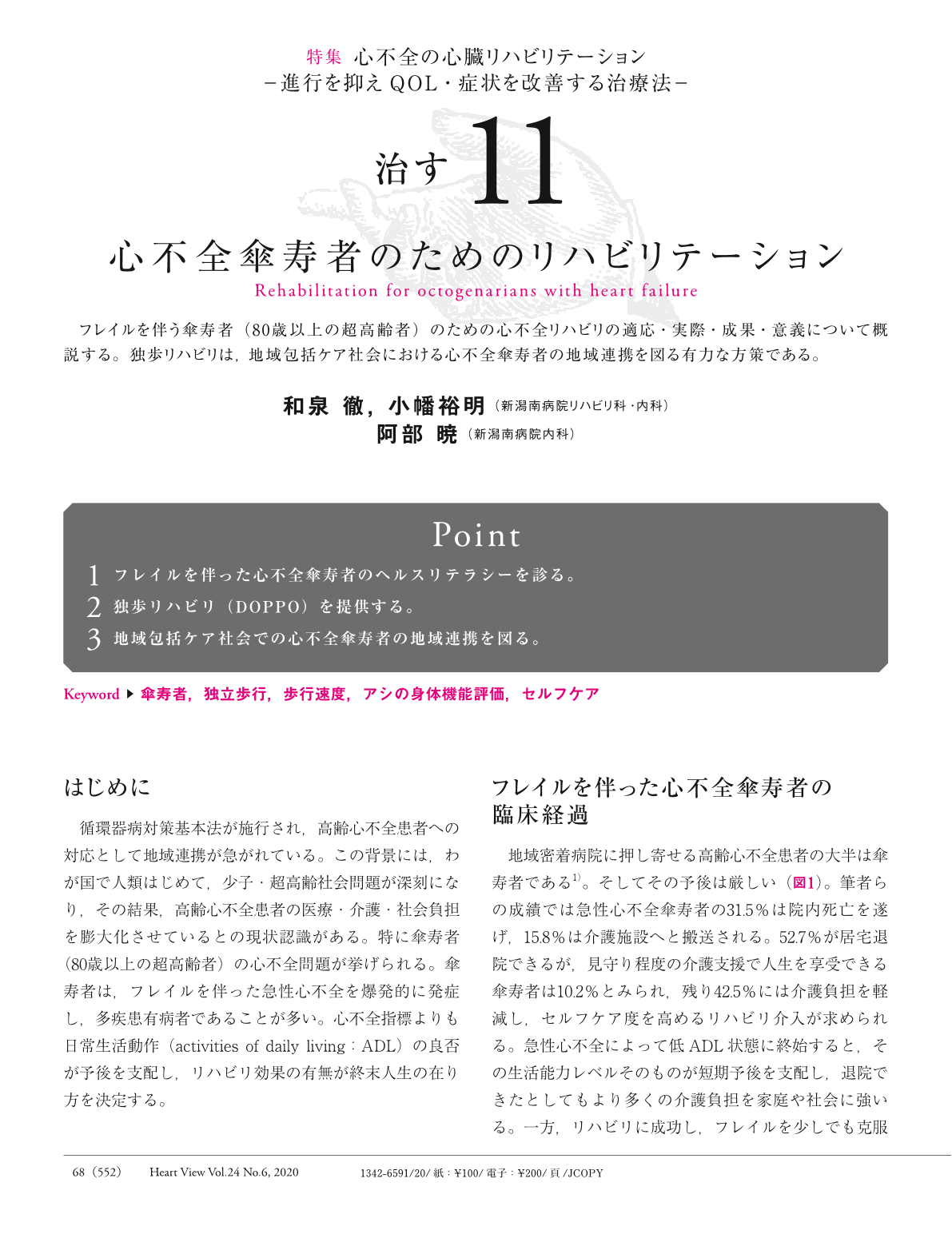28 0 0 0 IR 明治期沖縄県における「報道」から見る空手の諸相 : 『琉球新報』の分析を中心に
- 著者
- 阿部 暁之
- 出版者
- 法政大学沖縄文化研究所
- 雑誌
- 沖縄文化研究 = 沖縄文化研究 (ISSN:13494015)
- 巻号頁・発行日
- no.45, pp.559-607, 2018-03-31
7 0 0 0 OA 近代沖縄の青年教育系統における空手の定着過程
- 著者
- 阿部 暁之
- 出版者
- 日本武道学会
- 雑誌
- 武道学研究 (ISSN:02879700)
- 巻号頁・発行日
- pp.2209, (Released:2023-03-17)
- 参考文献数
- 38
The purpose of this study is to determine how karate was perceived by leading educators and organizations in the modern Okinawan youth education system, mainly focusing on the modern era of Okinawan history, specifically from 1909 to 1930, and how it became established in that system as a result.Karate was introduced into Okinawan junior high schools in 1905, and since then has spread throughout Okinawa and Japanese society. For this reason, up to now studies of karate history have focused on the general education system, including junior high schools, but have not accumulated much information on the youth education system. Therefore, the focus of this study is the youth education system, which functioned as the most popular education system in modern Okinawa, based on the actual activities of the modern and general education systems.The research methodology included a survey and analysis of newspaper archives and Okinawa Kyoiku, an educational magazine published by the Okinawa Prefectural Education Association from 1906 to 1944.After the Russo-Japanese War, the youth associations were beginning to fall under the purview of prefectural governance. In 1910, these associations were forced to review their recreational activities, and karate, too, was required to be treated in the same way. As a result, karate was redefined and reintroduced by the leadership. However, since the youth associations were run on a regional basis, the enthusiasm for the introduction of karate varied from one association to another. In fact, the Shimajiri-gun Youth Association supported renewed encouragement of karate, while the Kunigami-gun Youth Association did not, in part because of concerns over the potential for violence.However, in 1914, the Kunigami-gun Youth Association reversed its initial opposition to karate by commending its physical education and recreational functions. As a result, karate gained social status as a pastime in Kunigami-gun. The Shimajiri-gun Youth Association also found a physical education function for karate by 1929. Furthermore, karate was conceived for use in vocational supplementary schools and continued to be practiced in youth education settings, including youth associations, throughout the modern era. In summary, although karate was not universally welcomed in the early stages of its introduction in the youth associations, it gradually transformed into a recreational activity with a physical education function and thus became a part of the youth education system.
1 0 0 0 心不全傘寿者のためのリハビリテーション
- 著者
- 川並 透 阿部 暁子 鹿間 幸弘 片桐 忠 栗田 啓司 早坂 清 加藤 丈夫
- 雑誌
- 末梢神経 = Peripheral nerve (ISSN:09176772)
- 巻号頁・発行日
- vol.19, no.2, pp.382-383, 2008-12-01
- 参考文献数
- 8
